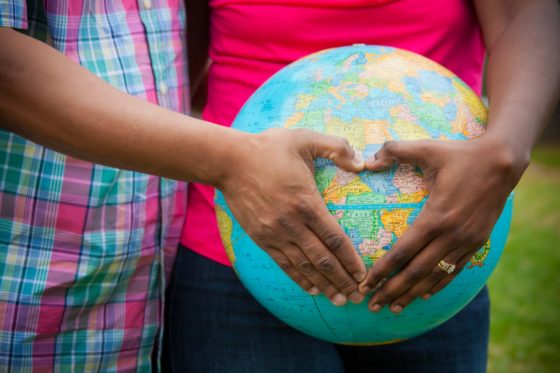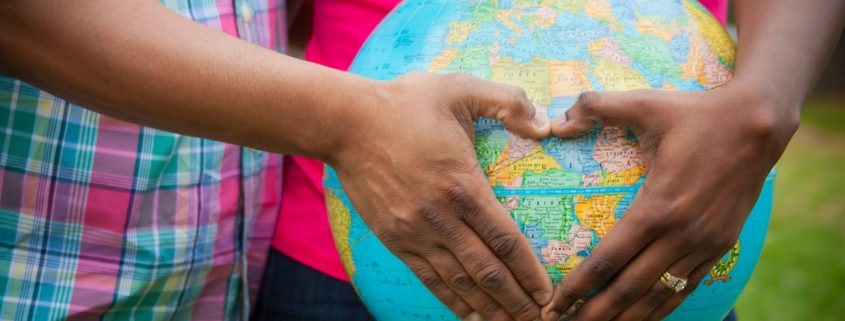Domestic Adoption Basics: How Hard is It to Adopt?

Adoption can be complicated, to say the least. It’s usually a long, expensive process that can come with some heartache, but hopefully in the long run, happiness. Below, we’ll go over a few things you should know about domestic adoption basics, so if you’re looking to get started with adoption, read on.
Contents
How many children are adopted in the U.S.?
While about 1 million families are trying to adopt at any given time, the number of adoptions in the U.S. has dropped in recent years. According to the National Council for Adoption, which represents more than 120 adoption agencies, adoptions decreased by 17% between 2007 and 2014. In 2014, the latest data available, there were 110,373 adoptions compared to the previous figure of 133,737 adoptions.
The biggest reason for the decline is because of a sharp decrease in international adoptions. Annual infant adoptions (18,000) and foster care adoptions (50,000) remained about the same between 2007 and 2014.
Why the decrease? More agencies are having serious issues, including fraud and other improprieties. European Adoption Consultants in Ohio, for example, shut down its operations in a dozen countries in December 2016 because of problems with how it handled international adoptions, such as charging excessive fees and misrepresenting information about children. Meanwhile, stateside, the Independent Adoption Center declared bankruptcy — leaving behind 3,000 clients for potential domestic adoptions across eight states. The agency claimed it filed bankruptcy due to supply and demand issues: Too many parents seeking adoption and not enough expectant mothers willing to give up their child.
Fewer international adoptions are happening because of a few factors: More of these agencies are struggling or outright closing as parents lose interest in the lengthy adoption process, or because of corruption scandals and changes in adoption policies in other countries (Russia suspended adoptions by Americans, while China has seen a boom in domestic adoptions).
Still, the U.S. has the highest rates of intercountry adoption in the world. More countries outside of ours are keeping to domestic adoption, or closing off other countries as adoption possibilities for its prospective adoptive parents. In Ireland, for example, the enactment of the Hague Convention on the Protection of Children and Co-operation in Respect of Intercountry Adoption dictates which countries are compliant and which are closed off. The Convention entered into force in 2008 in the U.S.
See also: 5 Ways to Optimize Your Chance of Getting Pregnant, In Vitro Fertilization: Everything You Want to Know
So, how does domestic adoption work?
The adoption process, as mentioned, is long and complicated. For adoption in the U.S., you’ll take the following steps:
1. Transition from infertility to adoption. Many parents first try to conceive naturally, but when they fail, they move to fertility treatments. These treatments are expensive and in some cases, can feel like a waste of money if the parents are open to adoption and letting go of the chance to have a biological child.
2. Find out what type of adoption is right for you. Do you want a baby or an older child? A domestic or an international adoption? You also can adopt privately or through the state foster care system, and decide if you want any communication with the birth parents.
3. Research your adoption professionals. Choosing the right agency for you will take some time, and also effort. Talk to them about their wait times and disruption rates, along with how much support they’ll provide for you.
4. Prepare to be grilled. Your agency will conduct a home visit along with background checks to see if you’re fit to be a parent. You’ll also be asked a lot of questions, from what sort of cultural backgrounds of babies you’re interested in to what sort of medical issues you might be willing to accept in the baby’s family.
5. Know that the birth mother may reject you. Birth mothers in the U.S. can choose their baby’s adoptive parents. You’ll probably also talk with the birth mother and get to know her better as you move through the adoption process. She may not feel your family is right for her child, but that doesn’t mean you won’t be right for someone else.
Until you know an adoption will go through, you may want to keep your choice to adopt private between you and your close family members. Keep up with your normal lifestyle and activities, and try to decrease any anxiety during the waiting period with healthy approaches to stress management.
What happens when an adoption is finalized?
You’ve waited for months, maybe even years, and finally are ready to take your new baby home. There are a few things you should know in advance about how an adoption is finalized.
For one, if you’ve completed a domestic adoption and the baby or child lives in another state, you’ll need to stay in the state until the Interstate Compact for the Placement of Children is completed, usually in 7-10 business days.
Be prepared for post-placement visits, in which the adoption counselor will check in on you to be sure your family is doing well. A finalization hearing by a judge will ensure everything is in line and that both birth parents no longer have parental rights. Legal custody to the adoptive parents, and an adoption decree, will then be rewarded.
Although the birth parents no longer are legally tied to the child, many enjoy picture and letter updates. Some adoptive parents choose to involve the birth parents more in the child’s life, including email exchanges, phone calls, and visits.
Getting Started with Adoption
There are a lot of resources out there about adoption, which can be overwhelming. The above was just a brief overview of how the adoption process works and what to expect if you’re looking to adopt.
Check out some of the following posts below for more information. And if you do adopt, don’t forget to come back to Safe Birth Project to learn more about infant care, such as communication milestones and bonding with baby beyond breastfeeding.
Other adoption resources:








Leave a Reply
Want to join the discussion?Feel free to contribute!